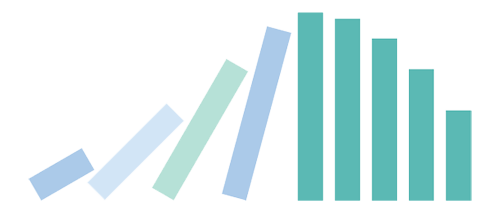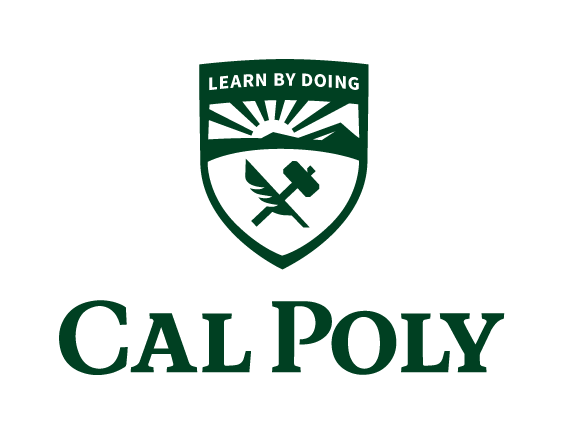 Cal Poly's Digital Publishing Glossary -- Tyler v2
Cal Poly's Digital Publishing Glossary -- Tyler v2
A team of librarians at the Robert E. Kennedy Library collaborated to define (non-neutrally) terms you’re likely to encounter, and may need to understand further, for authoring digital products for others to engage with. This glossary provides a common vocabulary, a subjective viewpoint in using a common language as a start for digital standards (what is 'publishing,' for example, and how do you do so?). The team consists of jaime ding, Zach Vowell, Russ White, Laura Sorvetti, and Catherine Trujillo, with additional help from Danielle Daugherty and Mercedes Rutherford-Patten.
API (Application Programming Interface)
A common mechanism that allows a person or software application to programmatically connect to data, other software applications, or websites. It defines the kinds of calls or requests that can connect, how to make the requests, the data formats that should be used, the conventions to follow, authentication required, etc. Imagine a vending machine, and you (or a bot) are the user – the API is the keypad that you request the machine to deliver your Takis.
Blog
Blog (truncation of WebLog), originated in the early 1990s as an often informal publication of an author’s interest, and can be a method of communication that is a legitimized publication. Like other publications, a blog’s authorship and the potential editorship should be critically understood when thinking about the content. Today, a blog may take on different forms as a democratic mode of informational posts by a collective or an individual, often using a linear/chronological organization. Scholars may share their conference proceedings, presentations, or other general thoughts in their blogs, which allow longform writing.
Creative Commons
Creative Commons is a “global nonprofit organization that enables sharing and reuse of creativity and knowledge through the provision of free legal tool to increase the amount of openly licensed creativity in “the commons” by providing copyright licenses and public domain tools that give every person and organization in the world a free, simple, and standardized way to grant copyright permissions for creative and academic works; ensure proper attribution; and allow others to copy, distribute, and make use of those works.”
Data (n)
Data is information that is recorded and represented from observation. Data is produced through a process of encoding or organizing information to be interpreted by machine and human users. Data can be quantitative (numeric) and qualitative (subjective) , can be continuous or categorical (standards). Data are a product of human systems, and hence will have biases that the people and systems. Data are often structured to facilitate analysis; before the synthesis to an argument. The map is not the territory, and Data is not reality.
Data Literacy
A ‘habit of mind’ seeking to interpret, question, critique and apply quantitative evidence to support an argument. This includes understanding how information is coded into (Qualitative and Quantitative) data, and recognizes that data is encountered in personal, public and professional contexts. This includes understanding the power structures of how data operates, such as algortihm bias. Data Literacy is the foundation for Data Science for both practicioners and their audience. “How are you being lied to by this data?” – R. White
Digital Publishing
A series of choices that allows content to be available to the online public: in the academic realm, a broad view of scholarly publishing, encompassing not just “traditional” publications such as journals, books, and conference proceedings, but also digital creative works, data sets, digital humanities projects, online exhibitions, data visualizations, social media posts, podcasts/audio, video, and more.
Data Visualization
interpretation of data into a visual form; the graphical representation of information and data. By using static or dynamic visual elements like charts, graphs, and maps, data visualization provide an avenue to explore and communicate trends, outliers, and patterns in the data that may not be immediately apparent.
Library
The Kennedy Library is an academic infrastucture comprised of people with specialized expertise who connect the community to information resources with an emphasis on thinking critically about information. The library provides networks and spaces, to access, collaborate and apply information, for lifelong learning for the Cal Poly, California and wider community
Multimodal
Many forms of communication (video, image, text, sound, mapping, infographics, data, graphs, etc.) within one story/argument, which can create greater access to the story. Multimodal platforms and technologies provides alternate ways to access meaning, and is often the product of interdisciplinary collaborations employing diverse lenses and methodologies.
Open Access
A digital publication that makes research information available to readers at no cost. In contrast to paywalled subscription-based access to academic literature, this does not mean that publications do not cost money to create (paid for by the university, the author, or other non-profits). Often used by scholars, libraries, and for-profit publishers to refer to a different monetary system of publishing.
Public
We wanted to provide this definition of “public” in order to point out the nuance of language: the idea of “public” in terms of online may have nuance that is different from a “public park.” Not necessarily “free of costs,” public-facing scholarship needs to consider assumed audience(s). Access/accessibility for different audiences (which also does not mean “dumbing down”) includes technical access, ideological access, and the need to facilitate a common understanding for general engagement.
